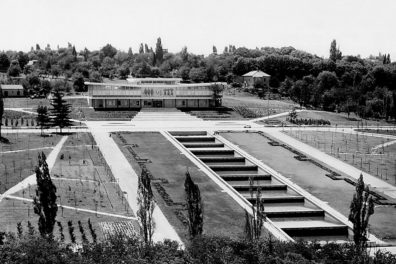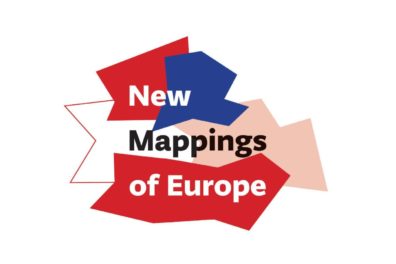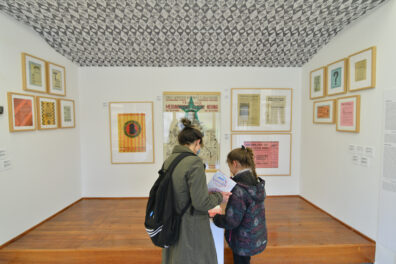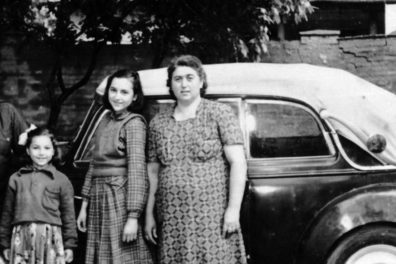Comics by Aleksandar Zograf
Part of the exhibition: .
From April 7, as part of the permanent exhibition of the Museum of Yugoslavia, comics by Saša Rakezić – Aleksandar Zograf will be exhibited, which is another in a series of interventions at the exhibition that began last year on the occasion of the 75th anniversary of the end of the Second World War. As a starting point for the creation of the works, the author uses the April 6 bombing of Belgrade in 1941, exploring personal narratives on this occasion as well, and focusing, as he says, on “a little man”.
Saša Rakezić usually finds material for his works at various flea markets, in encounters with discarded personal and family items. With this procedure, he puts himself, as he claims in the video created on the occasion of the mentioned intervention (available on the YouTube channel of the Museum, content access link: https://youtu.be/Q1bpNT1t0H0), in the position of “mediator between the public and the dump of history”.
In the flea market in Pančevo, he found several pre-war issues of the newspaper Politika, including a copy from April 6, 1941, which inspired the creation of the first of the two comics, which will be exhibited.
“It was noted that the first bombs started falling on Belgrade at 6.30 in the morning, and somewhere I found information that colporteurs, who were selling daily newspapers on the street, came to pick up copies a little before that, so that was probably the way a copy that came to me has been preserved. Since the bombing interrupted not only the distribution but also the publication, which would be renewed after the liberation in 1944, it seemed to me that this copy, which most readers never actually read, hid a hint of the impending catastrophe,” Zograf explains.
In another comic, called Journal of a Scout (both originally published in the weekly Vreme), Rakezić uses as a starting point a diary of a teenager to describe the experience of 6 April 1941 and the days that follow from the perspective of citizens.
“A valuable source of information on how the civilian population experienced April 6, 1941, are personal notes left behind by contemporaries. My source was a diary of a teenager, a passionate scout, who viewed the situation from a less formal angle. However, his records speak of the preoccupations of those who found themselves in the reality that followed the bombing: fleeing to rural households, disintegration of the country, clearing the ruins of a destroyed city, search for any source of income…”
Saša Rakezić, alias Aleksandar Zograf, has been publishing comics since the mid-1980s, first in the so-called youth press, to start his international career in the early 1990s, first through the collaboration with the American publishing house Fantagraphics Books, and then collections of his comics appear in Italy, France, Great Britain, Spain, Portugal, Greece, Japan and elsewhere. Since 2003, Zograf has been regularly publishing in the newspaper Vreme, and his collaboration with the Italian weekly Internazionale is also important. In 2018, in the film Last Adventure of Cactus Bata, directed by Đorđe Marković, Zograf played the role of the main narrator and researcher.
The Museum of Yugoslavia is open from Wednesday to Sunday from 10 am to 6 pm, and a visit to the Museum is possible with respect to the valid measures for the suppression of the infectious disease COVID-19.

The Origins: The Background for Understanding the Museum of Yugoslavia
Creation of a European type of museum was affected by a number of practices and concepts of collecting, storing and usage of items.

New Mappings of Europe

Museum Laboratory
Starting from the Museum collection as the main source for researching social phenomena and historical moments important for understanding the experience of life in Yugoslavia, the exhibition examines the Yugoslav heritage and the institution of the Museum

